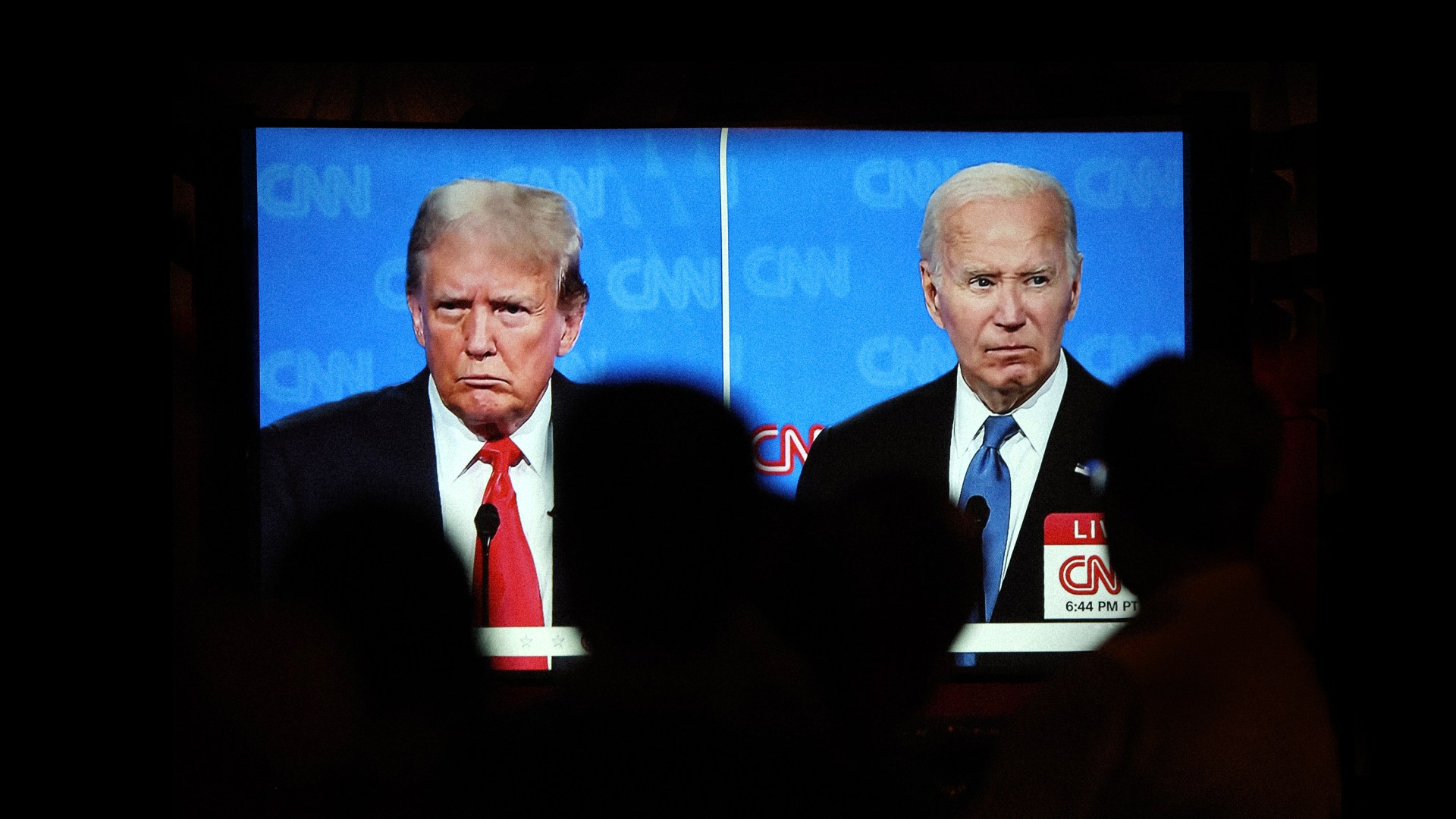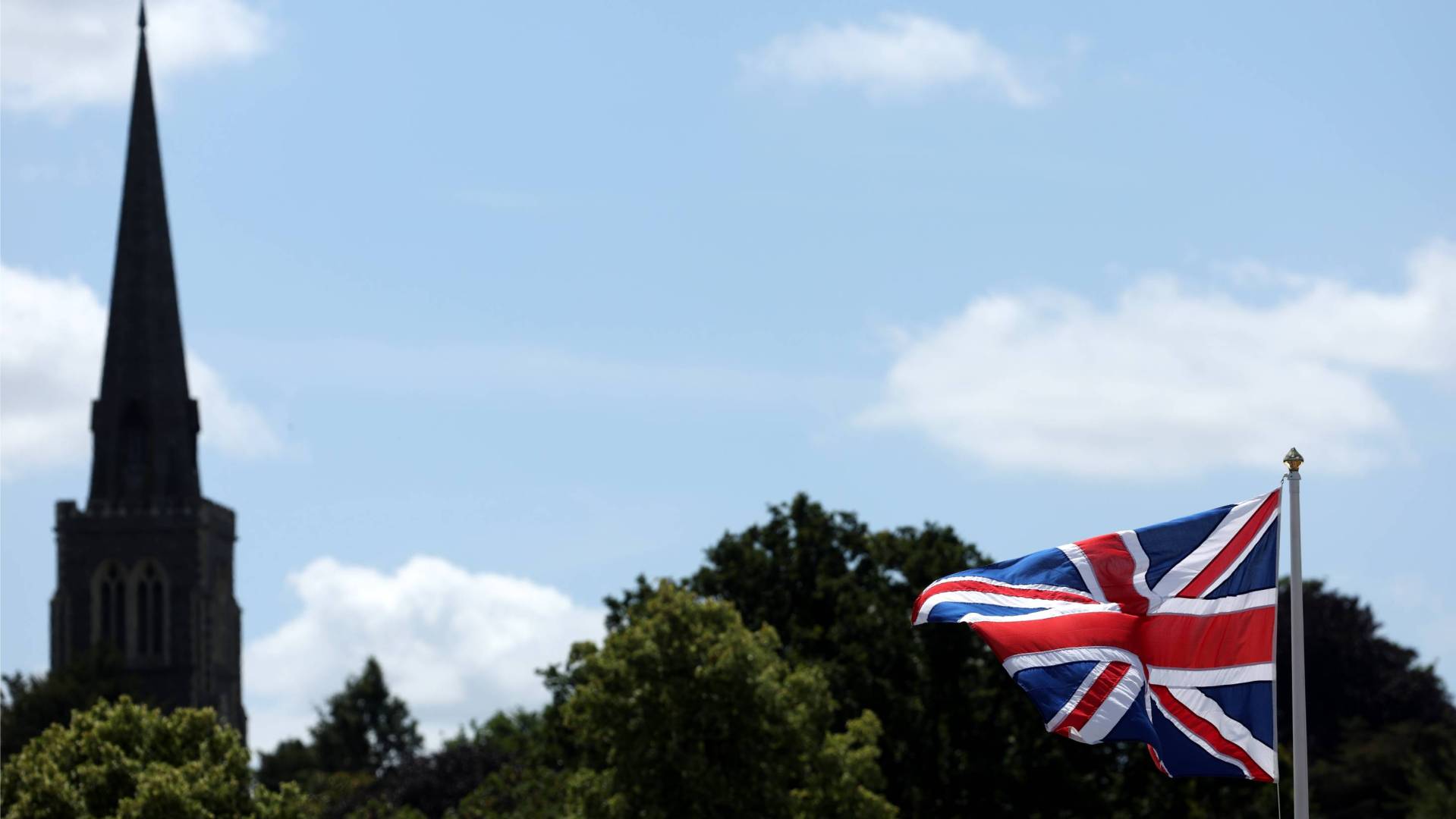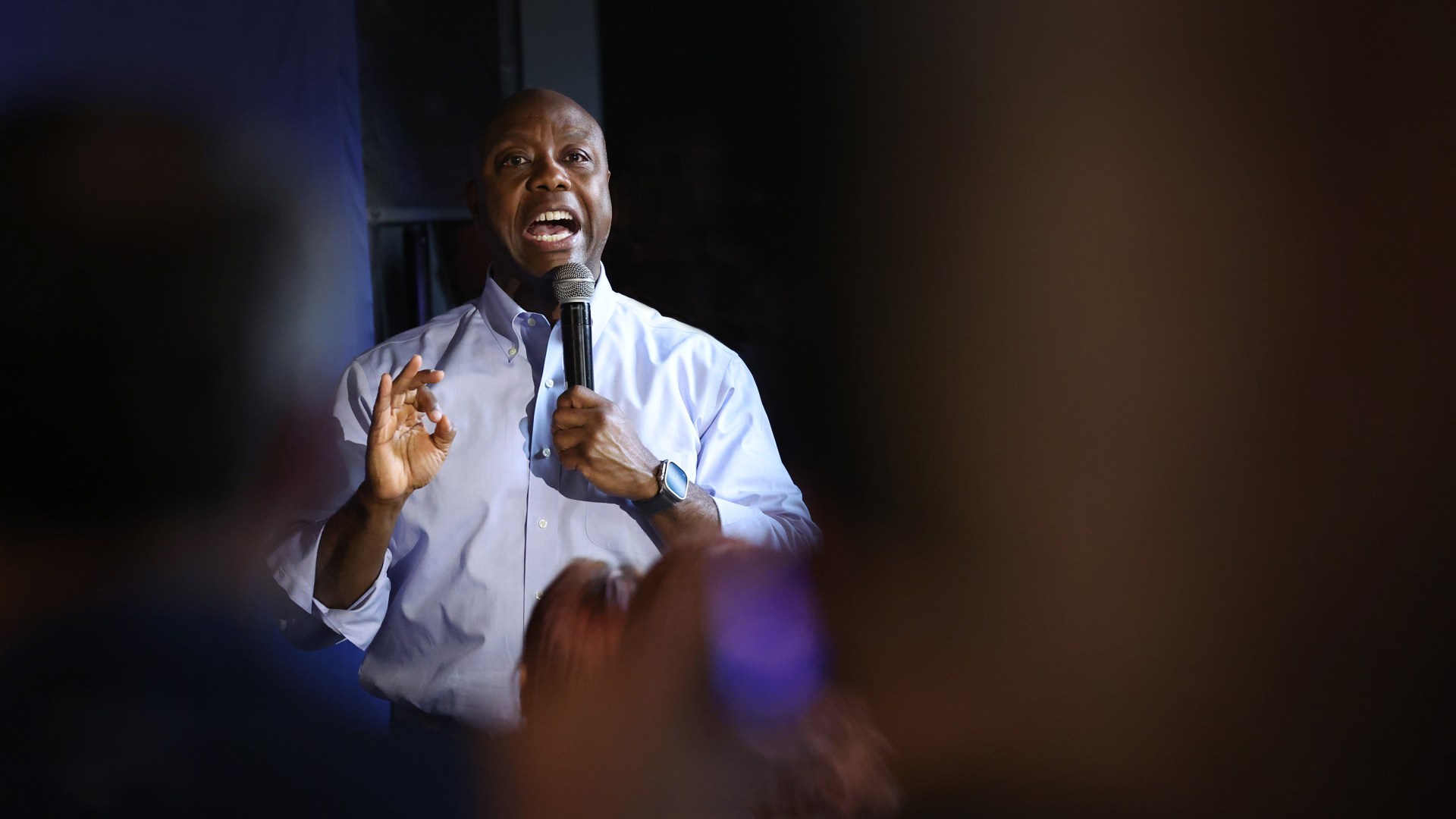When I was in seminary 12 years ago, most of my classmates and I were discerning which denomination to join. Since many of us in our nondenominational seminary felt called to church leadership, this was a big decision. It’s one thing to worship somewhere, but it’s another to take ordination vows.
Being a pastor is a bit like being married: We pledge faithfulness to God within a specific family of people. The stakes felt high as we weighed which denominational family we should commit to—theological stances, interpersonal quirks, and structural problems included. Our seminary professors modeled that even the most ecumenically minded church leaders remain deeply impacted by their denominational context.
This is not a bad thing. Belonging to a specific body encourages us to invest in the health and integrity not only of our individual congregations but of our congregational networks. Ordained or not, we should be willing to engage in difficult conversations about the leadership structures and theological convictions and core values that characterize our respective traditions.
This summer, Christians from a variety of denominations (including the Southern Baptist Convention, Presbyterian Church in America, Anglican Church in North America, and Christian Reformed Church) held national meetings to discuss these convictions and values.
Denominational meetings aren’t always comfortable. This year, Baptists debated whether female staff members could be called pastors; Presbyterians disagreed about how to address the political polarization happening in their churches; and Anglicans discussed how to respond to and communicate about clergy misconduct. These conversations are worth our investment and effort.
But they can also create anxiety, especially when they precipitate change. In my own denomination, the Anglican Church in North America, anxiety ran high at times leading up to our national gathering as we anticipated the election of a new denominational leader.
Anxiety is a natural response to concern. It’s a sign that we are invested in the future. But if we operate from anxiety, we are more likely to exacerbate the problems we are hoping to solve. We become more polarized and more embedded in our ideological factions; we caricature those we disagree with or express our opinions in uncharitable ways. As one denominational meeting after another has come and gone this summer, my social media feed has reminded me that this temptation knows no theological boundaries.
But our shared anxiety can also lead us into a shared humility. It can remind us that every denomination has its challenges and uncertainties. All of us are wrestling with hard questions about important issues like child safety, transparency, and qualifications for leadership, to name a few.
It is humbling to realize that no church polity, size, or structure can filter out conflict or corruption entirely. Even nondenominational churches and networks face these realities. No tradition—Protestant or otherwise—is immune to problems. If any of my seminary classmates or I thought we might find a perfect denomination to join, we were mistaken.
But this recognition shouldn’t cause us to replace anxiety with apathy. Acknowledging our universal need for renewal isn’t the same as making peace with our problems. Nor is it an excuse to avoid the hard work of self-reflection about our individual contexts. Rather, it is an invitation to deepen our trust in the one who alone can bring the renewal we seek.
In Matthew 16, Jesus asks his disciples a confrontational question. His ministry was growing, and the crowds had begun to theorize about Jesus’ identity; but in a private moment, he asks his followers, “Who do you say I am?” (v. 15).
Peter’s bold answer and profession of faith—“You are the Messiah, the Son of the living God”—distinguishes the disciples from the crowds, and it precipitates the first mention of the church in Matthew’s gospel. Jesus responds to him, “Blessed are you, Simon son of Jonah. … I tell you that you are Peter, and on this rock I will build my church, and the gates of Hades will not overcome it” (vv. 16–18).
Whatever else we make of Peter’s profession and his primacy in the early church, we can be encouraged that Jesus’ promise still rings true: The church is God’s project. He is the one who will build us up, who cannot be stopped by any power of hell. Our primary work is to practice allegiance to him in all things—whether we are Baptist or Presbyterian, pastors or congregants, proud of our theological tribe or disillusioned by it. The fact that we don’t know exactly where this will lead us is part of the point. We are not sovereign over Jesus’ plans.
As we seek to be faithful in our respective corners of the church, Peter’s historic confession sets another example for us: It reminds us that whatever influence or leadership we have rests on the understanding that we are not the Christ. No church leader, with his or her opinions, is the Christ. No congregation or denomination or system of governance is the Christ. The church is not made up of people who get everything right. It’s made of people who get one thing right: Jesus is the Christ. Our strength lies in the fact that we are not its source.
The church belongs to Jesus, not to us. And yet, just as he called Peter and the original disciples, he calls us to partner with him in his project. This project is much bigger than any one denomination. But we can offer our small spheres of authority and responsibility to him with confidence that through us, he will continue to build his church.
Rehearsing this truth protects us from both cynicism and burnout as we pursue health and holiness in our denominations. We can and should continue to act on our convictions for the sake of God’s people, even when that leads to disagreement. But we must do so with integrity, knowing to whom we will give an account for our ministry.
Paul models this in his letter to the Corinthians:
Therefore, since through God’s mercy we have this ministry, we do not lose heart. Rather, we have renounced secret and shameful ways; we do not use deception, nor do we distort the word of God. … But we have this treasure in jars of clay to show that this all-surpassing power is from God and not from us. (2 Cor. 4:1–2, 7)
In whatever corner of the global church we’ve been called to serve, our labor is limited but it is not in vain. Jesus has promised to finish what he started. Our short-term gains and losses belong to a larger work that includes all of his children.
Hannah King is a writer and priest at The Vine Anglican Church in Waynesville, North Carolina and is the author of a forthcoming book about living with hope in the presence of pain.


















































